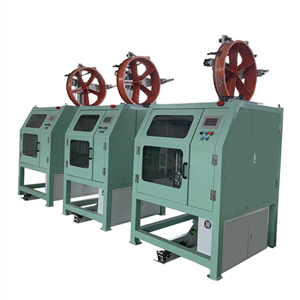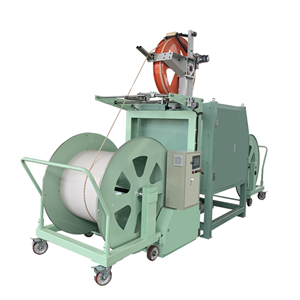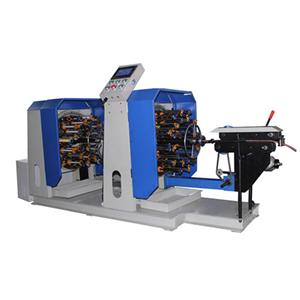Wire Drawing Machine: Precision and Efficiency in Wire Production
Wire drawing machines are essential equipment in the metalworking industry, used to reduce the diameter of wire by pulling it through a series of dies. These machines are crucial in producing high-quality wires for various applications, including electrical wiring, automotive components, and construction materials.
Key Features of Wire Drawing Machines:
High Precision and Control: Wire drawing machines are equipped with advanced control systems that allow for precise adjustments of wire diameter, tension, and speed. This precision ensures consistent quality, which is crucial in industries where wire specifications are stringent.
Automation: Modern wire drawing machines are highly automated, reducing the need for manual intervention. Automation enhances production speed, minimizes errors, and ensures consistent output, making the process more efficient and cost-effective.
Versatility: These machines can handle various materials, including steel, copper, aluminum, and other alloys. They are designed to produce wires of different sizes and properties, making them adaptable to a wide range of industrial needs.
Energy Efficiency: Newer models of wire drawing machines are designed to be more energy-efficient, incorporating advanced technologies that reduce power consumption and operating costs. This makes them not only cost-effective but also environmentally friendly.
Durability and Performance: Built with robust materials and designed for high-speed operations, wire drawing machines are engineered to withstand continuous production demands while maintaining high performance and durability.
Applications:
Electrical Industry: Producing wires for electrical cables and wiring.
Automotive: Manufacturing wires used in vehicles, such as brake cables and electrical harnesses.
Construction: Producing structural wires and reinforcing bars for buildings and infrastructure projects.
Wire drawing machines play a pivotal role in ensuring that wires meet high standards of strength, flexibility, and precision. With ongoing advancements in automation and material processing, these machines continue to be indispensable in the wire manufacturing industry, driving innovation and efficiency across multiple sectors.




